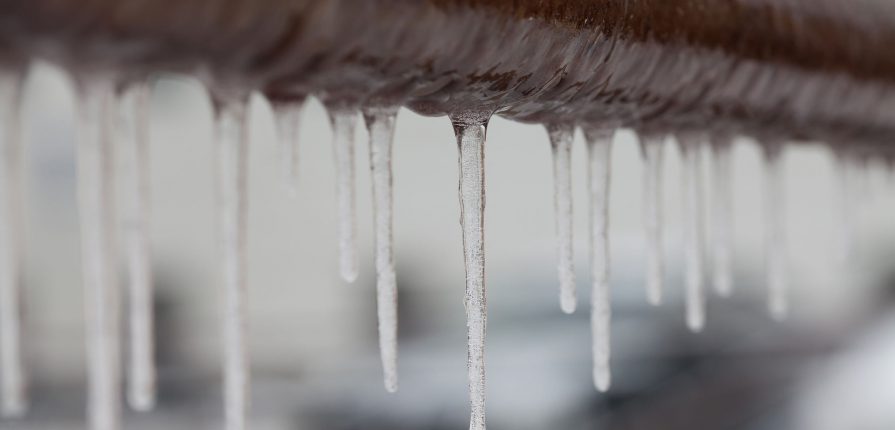Winter can cause a lot of problems in your home, but one of the biggest concerns is frozen pipes. If you don’t find and defrost a frozen pipe, it can burst and cause water damage in your home. On top of that, it can be difficult to find the spot that’s frozen and get the problem corrected in time.
Learn how to detect a frozen pipe and find out what you should do to prevent water damage in your home.
Your Home’s Plumbing
Your home’s plumbing consists of many water pipes that connect your sinks, showers and outdoor water supply. This can amount to hundreds of feet of pipes, which makes it extremely difficult to find the exact spot that has ice within it.
You most likely determined that your pipes were frozen when you turned on a faucet and water only trickles out, or didn’t come out at all. Now, you’re tasked with finding the frozen spot through all that piping.
How to Locate the Frozen Pipe
With so many feet of pipes, you need to narrow down the area the freeze could be in. First, turn on your faucets to see which ones are working and which ones aren’t. If all the faucets in a single room aren’t running, the frozen pipe is likely from a split in the main line. If all the faucets on an entire floor aren’t running, the frozen pipe is likely in an area where the first and second floor pipes diverge. If no faucets run, the frozen pipe is mostly likely where the main water line enters the house. Frozen pipes are also more common on the exterior walls, since they aren’t as well insulated.
Pinpoint the Frozen Section
Once you’ve narrowed down the area where the frozen pipe should be, you’ll need to determine the section of pipe that’s frozen. If that area is located within the walls, it can be difficult for you to access and fix on your own. If it’s an exposed part of a pipe that’s near a faucet, you’ll have a much easier time. If it’s the main line pipe, you may beable to find the frozen section in the basement.
When you’ve determined the section of the pipe that’s frozen, look for condensation or an area in which condensation froze on the outside of the pipe. This is a clear sign that this area of the pipe is frozen.
If there isn’t an obvious visual sign like this, you can feel along the pipe to look for big temperature differences. A frozen area should be colder than the areas around it.
Heating the Pipe
Once you find the exact spot that froze, you can warm up the pipe to try to melt the ice within it. You can use a towel and hot water or use an electric heating pad to slowly warm up the area until the ice melts. Be sure to keep the faucet open to see if the pipe starts to thaw.
Avoid using an open flame of any kind, since this could be dangerous and may overheat the pipe.
Call Village Plumbing
If you’re having trouble thawing out a frozen pipe, or you can’t locate the frozen spot, call VillagePlumbing for help. Many Henderson/Las Vegas-area homeowners count on us for all their plumbing needs, so contact us today to see what we can do for you!






